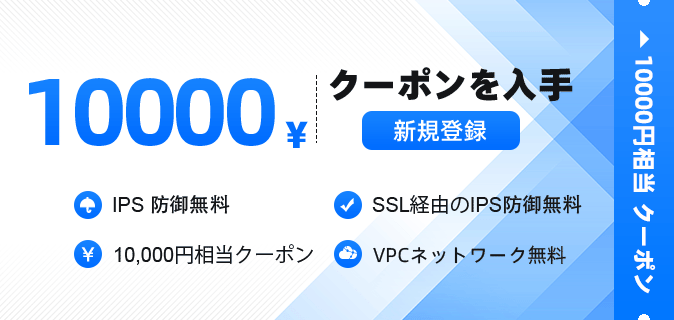JavaのCallable Futureの例
JavaのCallableとFutureは、マルチスレッドプログラミングでよく使用されます。過去のいくつかの記事で、私たちはJavaのスレッドについて多くのことを学びましたが、時にはスレッドが値を返すことができると便利です。Java 5では、並行性パッケージの中にjava.util.concurrent.Callableインターフェースが導入されました。このインターフェースはRunnableインターフェースに似ていますが、どんなオブジェクトでも返すことができ、例外を投げることもできます。
JavaのCallable
JavaのCallableインターフェースは、戻り値の型をオブジェクトのジェネリックで定義します。Executorsクラスは、JavaのCallableをスレッドプールで実行するための便利なメソッドを提供します。Callableタスクは並行して実行されるため、返されたオブジェクトを待つ必要があります。
Javaの未来
JavaのCallableタスクは、java.util.concurrent.Futureオブジェクトを返します。JavaのFutureオブジェクトを使用すると、Callableタスクの状態を確認し、返されたオブジェクトを取得することができます。Callableが終了するのを待って結果を返すために使用できるget()メソッドが提供されています。JavaのFutureは、関連するCallableタスクをキャンセルするためのcancel()メソッドを提供します。結果を待つための時間を指定できるget()メソッドのオーバーロードバージョンもあり、現在のスレッドが長時間ブロックされるのを避けるのに便利です。関連するCallableタスクの現在の状態を調べるためのisDone()メソッドとisCancelled()メソッドがあります。以下は、1秒後にタスクを実行しているスレッドの名前を返すJavaのCallableタスクの簡単な例です。Executorフレームワークを使用して100のタスクを並行して実行し、送信されたタスクの結果を取得するためにJava Futureを使用しています。
package com.scdev.threads;
import java.util.ArrayList;
import java.util.Date;
import java.util.List;
import java.util.concurrent.Callable;
import java.util.concurrent.ExecutionException;
import java.util.concurrent.ExecutorService;
import java.util.concurrent.Executors;
import java.util.concurrent.Future;
public class MyCallable implements Callable<String> {
@Override
public String call() throws Exception {
Thread.sleep(1000);
//return the thread name executing this callable task
return Thread.currentThread().getName();
}
public static void main(String args[]){
//Get ExecutorService from Executors utility class, thread pool size is 10
ExecutorService executor = Executors.newFixedThreadPool(10);
//create a list to hold the Future object associated with Callable
List<Future<String>> list = new ArrayList<Future<String>>();
//Create MyCallable instance
Callable<String> callable = new MyCallable();
for(int i=0; i< 100; i++){
//submit Callable tasks to be executed by thread pool
Future<String> future = executor.submit(callable);
//add Future to the list, we can get return value using Future
list.add(future);
}
for(Future<String> fut : list){
try {
//print the return value of Future, notice the output delay in console
// because Future.get() waits for task to get completed
System.out.println(new Date()+ "::"+fut.get());
} catch (InterruptedException | ExecutionException e) {
e.printStackTrace();
}
}
//shut down the executor service now
executor.shutdown();
}
}
上記のプログラムを実行すると、javaのFuture get()メソッドがjavaのcallableタスクの完了を待つため、出力に遅延があることに気付くでしょう。また、これらのタスクを実行するスレッドは10個しかないことにも気付いてください。以下は、上記のプログラムの一部の出力のスニペットです。
Mon Dec 31 20:40:15 PST 2012::pool-1-thread-1
Mon Dec 31 20:40:16 PST 2012::pool-1-thread-2
Mon Dec 31 20:40:16 PST 2012::pool-1-thread-3
Mon Dec 31 20:40:16 PST 2012::pool-1-thread-4
Mon Dec 31 20:40:16 PST 2012::pool-1-thread-5
Mon Dec 31 20:40:16 PST 2012::pool-1-thread-6
Mon Dec 31 20:40:16 PST 2012::pool-1-thread-7
Mon Dec 31 20:40:16 PST 2012::pool-1-thread-8
Mon Dec 31 20:40:16 PST 2012::pool-1-thread-9
Mon Dec 31 20:40:16 PST 2012::pool-1-thread-10
Mon Dec 31 20:40:16 PST 2012::pool-1-thread-2
...
ヒント:Java Futureインターフェースの一部のメソッドをオーバーライドしたい場合、例えばget()メソッドを無期限待機する代わりに一定時間後にタイムアウトさせたい場合、JavaのFutureTaskクラスが便利です。このクラスは、Futureインターフェースの基本的な実装です。Java FutureTaskの例をチェックして、このクラスについてさらに学んでください。

